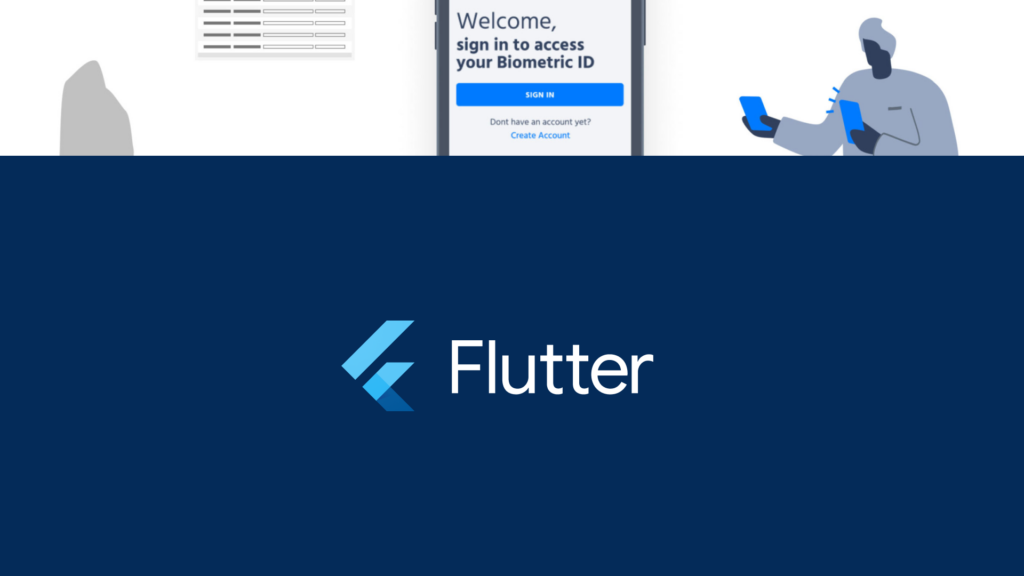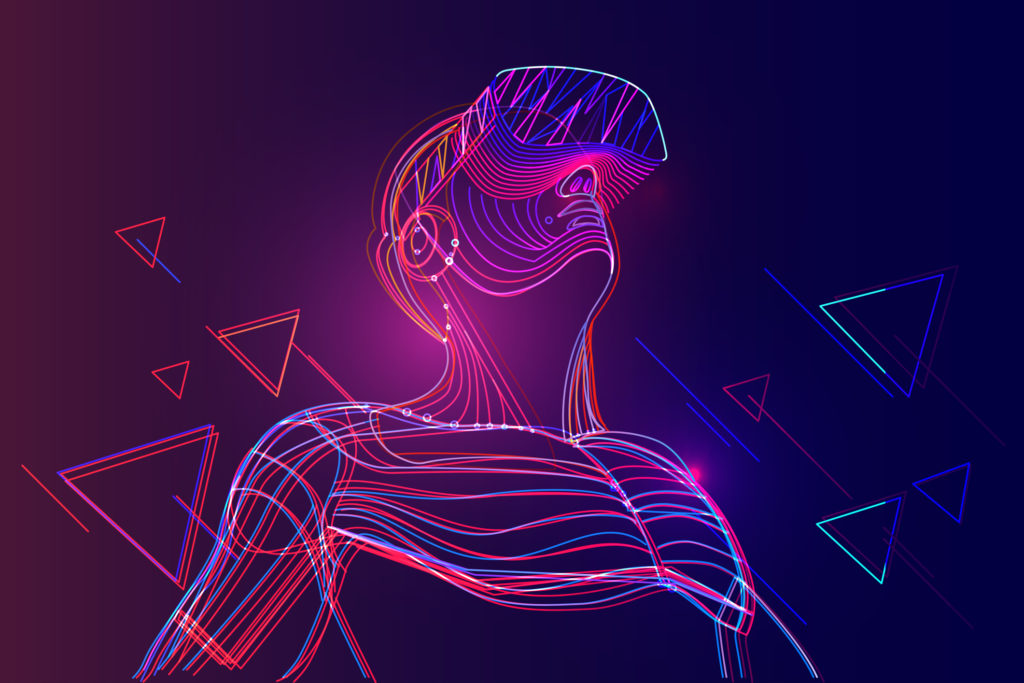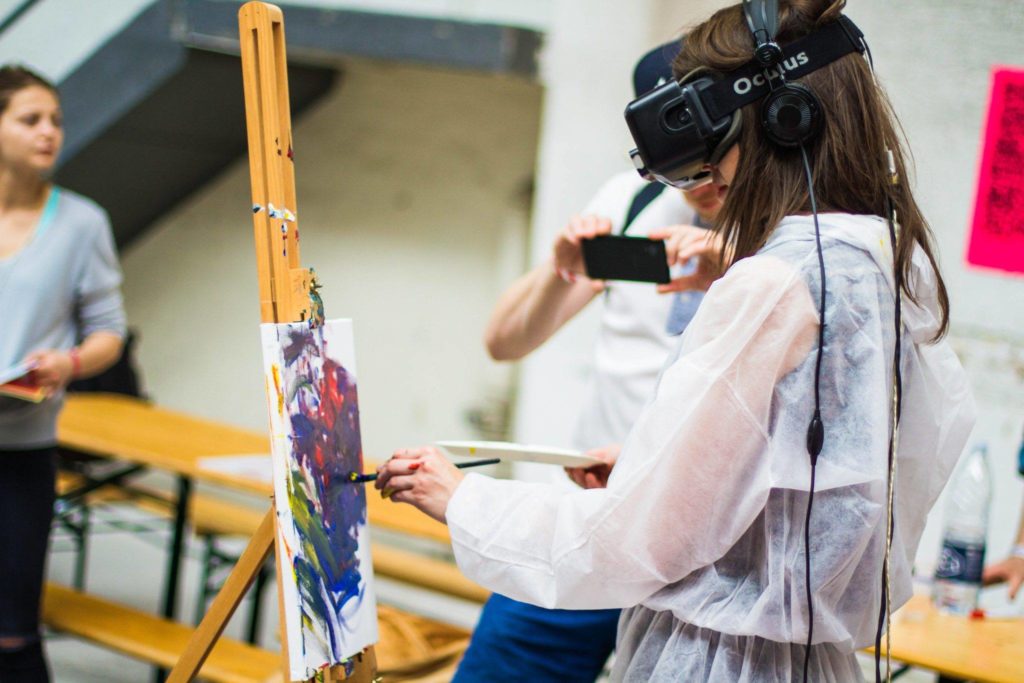Article
What is AR Development?
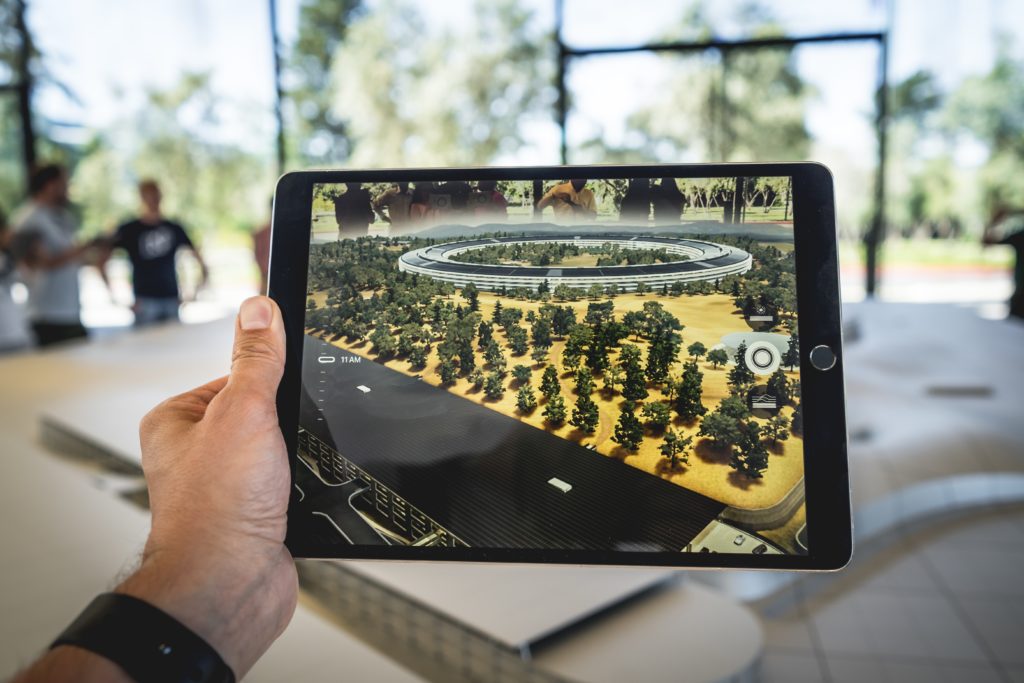
Augmented Reality (AR) development introduces immersive experiences that completely alter the way we interact with and perceive the world. Given that AR applications have the power to alter our perception in new, thrilling ways, creating sophisticated AR experiences necessitates a deep understanding of the technology under the hood.
Harnessing the power and quality of UI in today’s smart devices unveils myriad possibilities for companies looking to enter the AR space. But the sophistication of the technology requires a unique approach to development, a complex process that Fresh’s developers are equipped to carry out successfully.
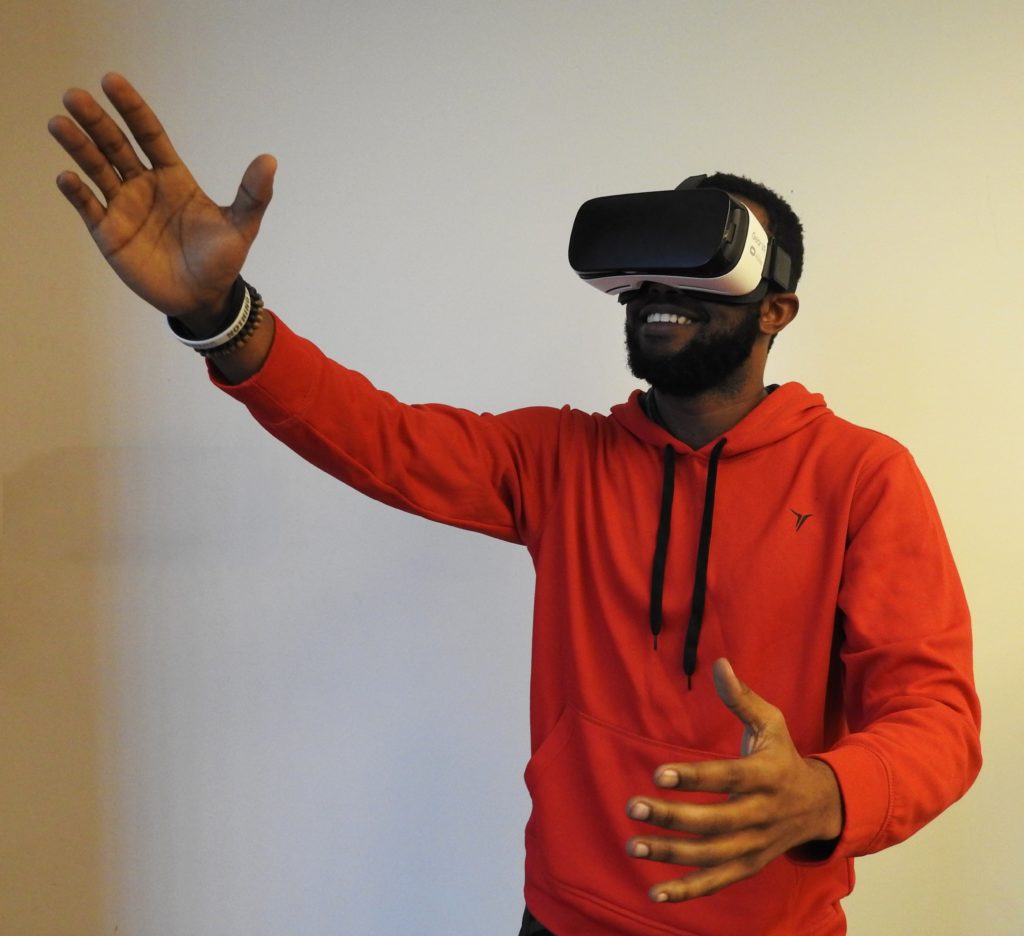
How is AR Development Different Than Other Forms of Development?
AR development is all about understanding that the user will likely be in motion when using an AR device, then building software on top of their physical reality with these requirements in mind.
Developers face challenges in working with complex 3D files and making sure that digital AR content will reliably interact with the surrounding environment. AR development adds new requirements and constraints that developers must learn to workaround.
Key Considerations for AR Development
Understand Your End-User
In order to construct a solid development plan, it’s essential to first understand your end-user. This goes for the process of user-centered design and development as a whole but is especially important with something as immersive as AR. Developers need to know who is going to use their product and what their physical environment will be while they use them.
Perform user research, testing, and analysis to obtain feedback and revamp your products. Having information about the people using them allows you to tailor the experience specifically to the end user’s needs and behaviors.
Research Hardware Capabilities
After developing a deep understanding of your users, you’ll want to identify the unique capabilities that AR adds to your project. Are you working with mobile devices or wearables? If your app leverages a mobile device, you’ll need to account for things like device type, screen size, and the functionality offered by a given operating system. For wearables, the constraints and requirements are completely different.
At Fresh, our approach is to first understand the problem and gather as much information as possible about business use cases and end-users. Avoid going into the build settled on using one technology unless you’ve done background research first. Different technologies and frameworks have different tradeoffs, and it’s essential to research what it will take to build out your technical capabilities and features as efficiently as possible.
Reference Design Guidelines
Google and Apple present lists of detailed design and UX guidelines for AR developers:
A bit of competitive research and resource sharing reveals that you don’t have to recreate the wheel. Look into what existing AR apps are getting right and how you can pivot to find your niche and provide unique differentiation for your users, while still adhering to tested principles.
Test On-Device, Frequently
While it might seem obvious, working hands-on with the device you’re developing for is critical. You need to be able to understand how the software feels to understand the experience of the end-user and create seamless interactions.
3 Classes of Workflows + 3rd Party Tools
- Web:
- AR.js: A library for web AR, which allows for image tracking, location-based AR, and more.
- 8th Wall: A tool used for image analysis, face effects, collaborating with team members, and building AR experiences for mobile browsers.
- Three Kit: An image rendering tool for creating and scaling images and 3D objects.
- Native:
- Engine:
- Unity: A real-time platform for creating AR experiences, offering solutions for gaming, automotive, transportation & manufacturing, and more.
- Godot Engine: A free and open-source platform for building AR gaming experiences.
- Unreal Engine: AR development tools for creating realistic 3D modeling & rendering in games.
- 3rd Party Tools in Software Development Kits (Higher-Level Tool/Resources)
- Seek: This software is used to implement and scale products in AR with existing platforms.
- Vuforia Engine: This platform uses advanced technologies for building AR product demos and brand campaigns.
- Apple AR Tools: Tools suitable for beginners wanting to create customized AR experiences.
- Adobe Aero: You can create AR experiences using media made with Adobe platforms like photoshop and illustrator, without complicated coding.
Fresh’s Approach to AR Development
At Fresh, we consistently identify crucial benefits for our clients and partners who are open to utilizing AR technology. While there are many opportunities to introduce AR experiences into both consumer and enterprise applications, we’re seeing new possibilities for AR specifically related to autonomous vehicle and robotics engineering.
Like the rest of our end-to-end services, however, our consulting is not one-size-fits-all. Whatever your industry, whatever your target use case, we’ll help you understand how AR can benefit you. No longer is AR exclusive to niche business use cases: companies working in verticals like e-commerce, healthcare, marketing & advertising, and entertainment are already reaping the benefits.
Fresh AR Experiences
- Google – Just a Line: Fresh Portland completed a collaboration with Google Creative Lab in 2018 which lets users draw a line anywhere using AR.
- AR Business Cards: Our devs collaborated to showcase a regular business card that extends beyond the physical borders of the card with additional information and graphics in AR.
- AR For Industrial Design: Utilizing AR within the industrial design process has been an effective way to bring concepts to life for our clients.
How We Stay on the Leading Edge
At Fresh, our focus is on building real projects that solve real problems. In order to do this successfully for our clients, we maintain a design-led approach, which we’ve alluded throughout this post. To bring our clients the most value rather than jumping directly into development, our designers and developers seek to understand your core underlying challenge, mapping out goals and design considerations before development work begins.
Our ultimate end deliverable is confidence. Establishing alignment and consensus allows us to deliver value to you, whether in the form of an app, a strategic roadmap, or whatever else you’re looking for related to the AR development.
What’s Next?
As AR capabilities continue to mature, there are vast possibilities for what it can accomplish. Contact us today to learn more about the AR development process or for project inquiries!


